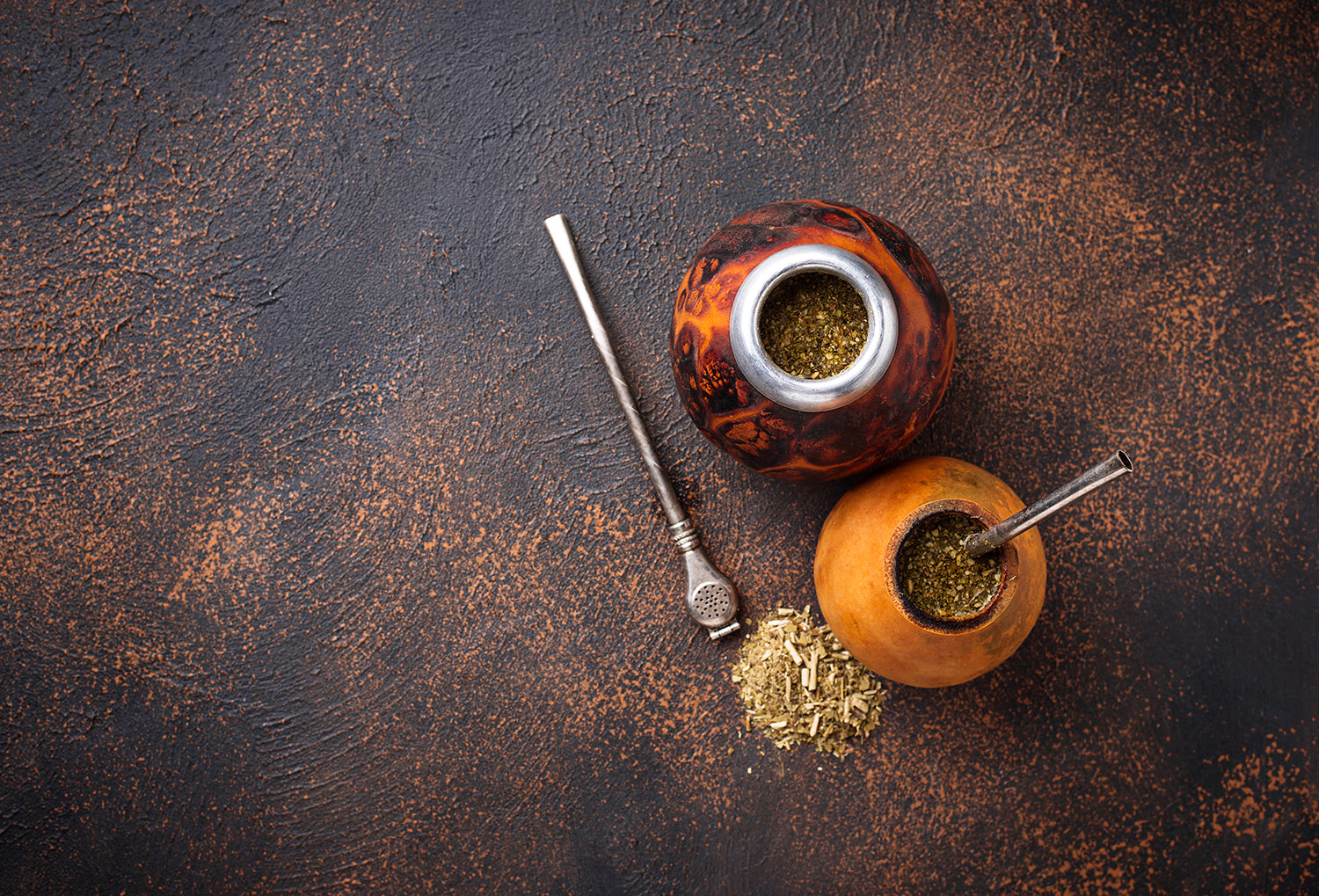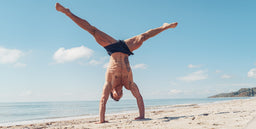
Why people are turning to ancient medicine rituals
Why people are turning to ancient medicine rituals
Ayahuasca and kambo rituals draw on ancient medicine, but are they really the mind and body cleanse they claim to be?
What are ancient medicines?
Ever since Louis Pasteur figured out how bacteria causes illness, modern medicine has run with the concept of treating disease from the outside.
But humankind also has millennia of ancient medicine to draw on, if we wish. And increasing numbers of people are exploring how some of these rituals and experiences can enhance their health and wellness.
We’re not here to comment on the safety of these practices, nor are we going to tell you if you should or shouldn’t do them. Let’s explore what science says about ayahuasca and kambo.
What’s the origin of rituals like Ayahuasca?
Ayahuasca (a tea-like brew), kambo (the poisonous secretions of the kambo frog) and San Pedro (a South American cactus) are used in the context of rituals or ceremonies. They have ancient cultural roots, often associated with shamanism, and are said to help bring clarity and cleansing.
What is Ayahuasca?
Ayahuasca is a tea-like brew made from the leaves of the Psychotria viridis shrub and stalks of the Banisteriopsis caapi vine. It was traditionally taken by Amazonian tribes, and is still used as a sacred ritual by some communities in Brazil. Modern Ayahuasca ceremonies are led by a shaman or another experienced healer.
What does Ayahuasca do?
The two plants used in Ayahuasca contain psychedelic substances and MAO-inhibitors which combine to bring about a hallucinogenic experience. Ayahuasca affects the central nervous system and can lead to a state of euphoria or an out of body experience. An Ayahuasca experience can last 2-6 hours and may include adverse side-effects like vomiting or diarrhoea.
Why do people do Ayahuasca?
Supervised Ayahuasca rituals are offered at retreats in South America. People who go to these retreats seek mental and physical cleaning or a breakthrough.
People are advised to abstain from tobacco and alcohol before the ceremony, and often eat a super-clean or even a vegan diet beforehand. Anecdotal claims state this rids the body of toxins so the ayahuasca can be more beneficial.
Scientific studies suggest that Ayahuasca could be useful for treating addiction, anxiety, depression and PTSD. This systematic review of 25-years’ worth of clinical trials concludes that “several basic, experimental, and clinical studies suggest that these drugs have anxiolytic, anti-depressive, and antiaddictive effects…. the reviewed studies suggest that the therapeutic use of classic hallucinogens may offer to some patients fast-acting and prolonged beneficial effects after a single dose, producing few adverse effects. Indeed, interest in the medicinal uses of this class of drugs is increasing.”
Is Ayahuasca safe?
Ayahuasca is unregulated, and people take part in ceremonies knowing the risks and potential adverse effects. Like any drug, Ayahuasca can bring about a positive or a negative experience. Some people report euphoria, clarity, and an extreme feeling of enlightenment. Others experience panic, anxiety, and trauma of the nervous system.
What is kambo?
Like ayahuasca, kambo originates from South America and can still be accessed there as guided experiences. Kambo is named after the poisonous secretions used in the ritual, which come from the Phyllomedusa bicolor giant monkey frog.
Is kambo safe?
There is very little scientific research into kambo, and you have to remember that the frog secretions used in the ritual are actually poisonous. The way it’s administered carries health risks, too, with small burns made with a burning stick and the blistered skin peeled off before the poison is applied to the flesh. Side effects of kambo include vomiting, diarrhoea, stomach cramps, dizziness, heart palpitations and sweeling of the face.
Why do people do kambo?
People seek out kambo ceremonies for help with addition, anxiety, depression, chronic pain and other health issues. Unfortunately there isn’t much scientific research to prove or disprove use of kambo. The best paper we could find is this 2018 paper published in the International Archies of Clinical Pharmacology, which outlined the risks, grey areas, and misconceptions about kambo.
A healthy lifestyle starts with the positive habits you make in your daily life. Ready to create your own at-home active lifestyle collection? Click below see our full range of unconventional and functional fitness equipment.










































